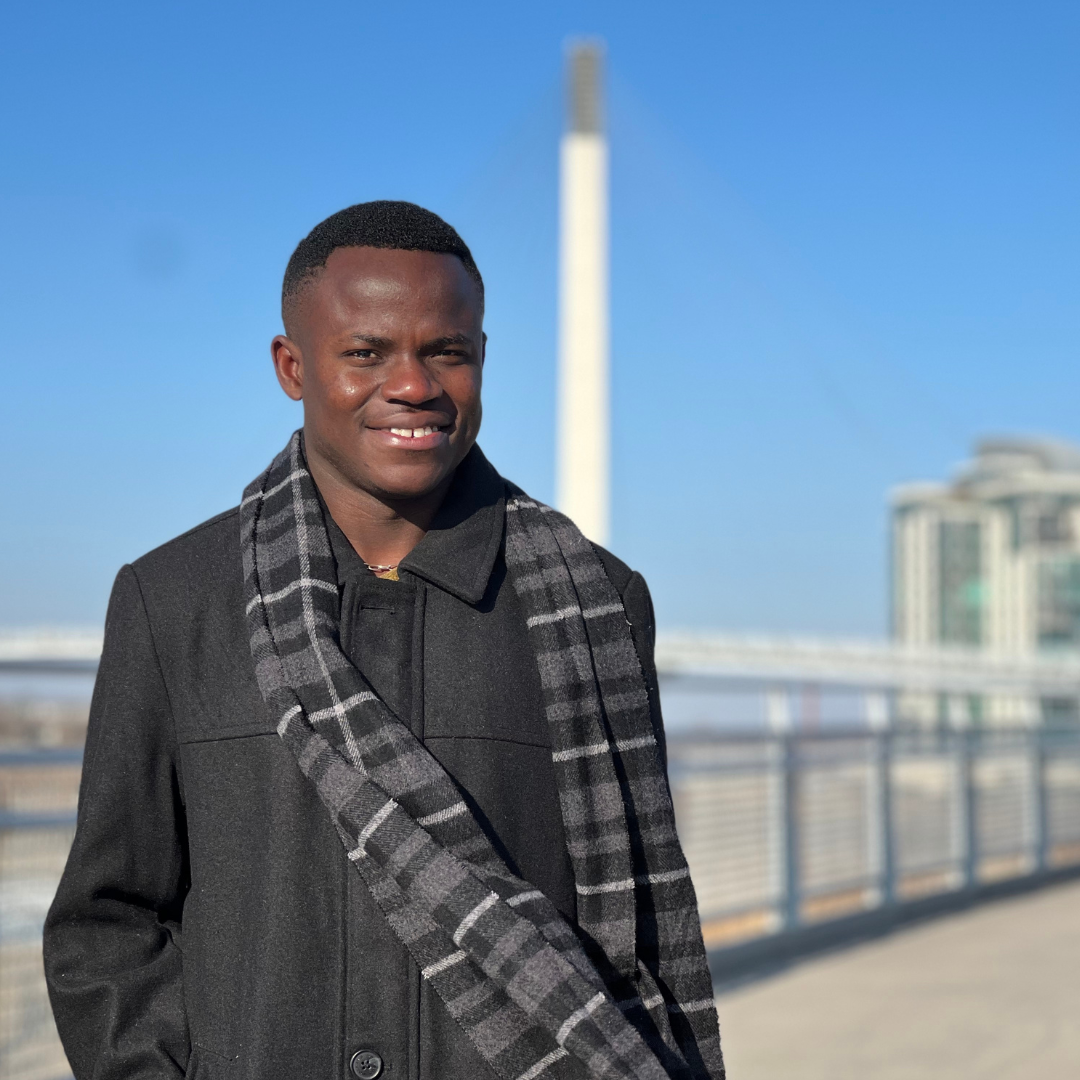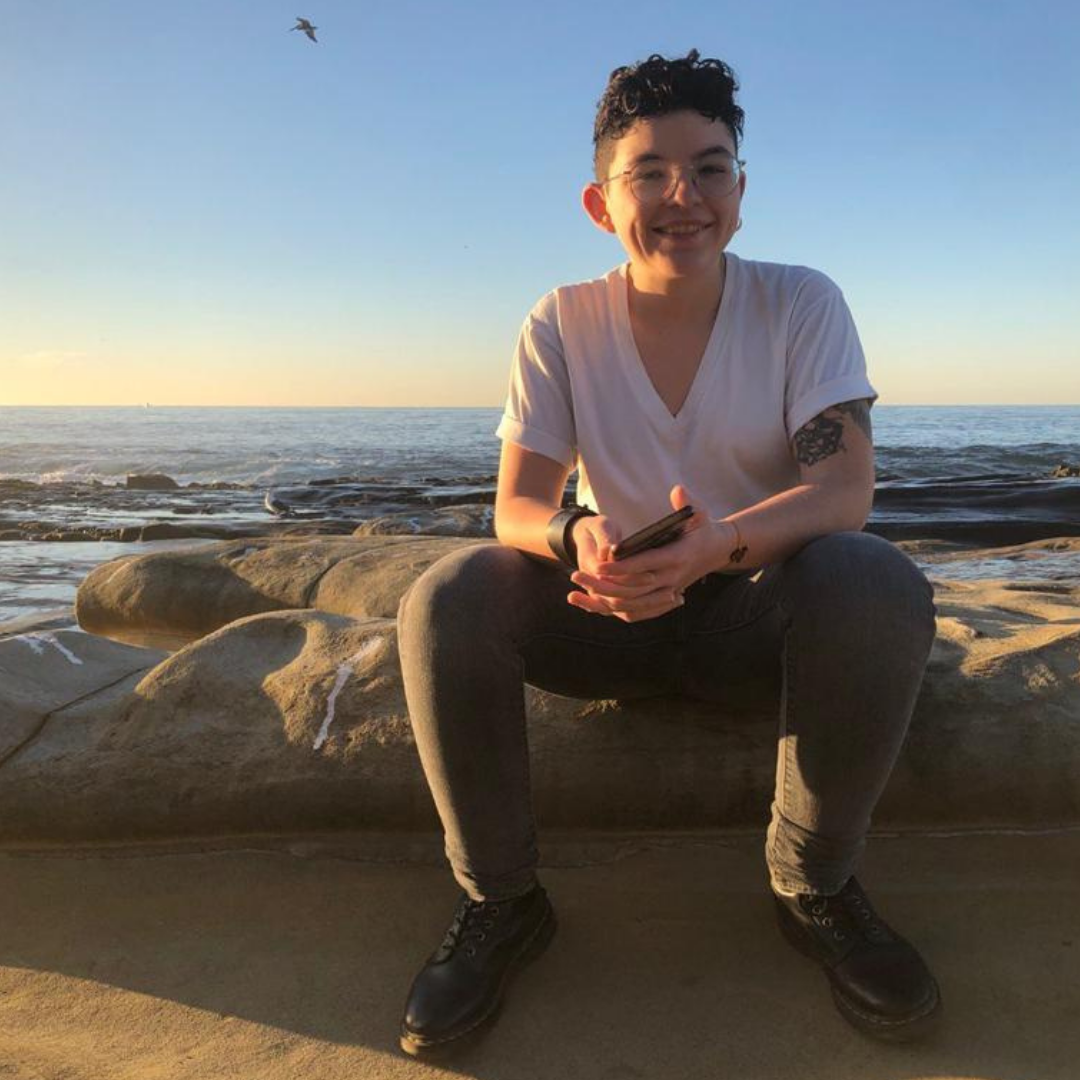Meet Julia Nepper of the Wisconsin Institute for Discovery at the University of Wisconsin-Madison! Julia is a postdoctoral trainee in Jo Handelsman’s lab and is with us this week at The Biology of Genomes meeting. This is Julia’s first meeting at CSHL and she presented a poster titled “Genetic regulation of soil microbe biofilm formation in response to sublethal antibiotic treatment”.
Tell us about your research.
My research centers around understanding how the chemicals that soil bacteria produce allow them to communicate with each other. Specifically, I study a system of bacteria that models the rhizosphere, the area of soil on and immediately surrounding plant roots.
How did you decide to focus on this area/project?
It’s been an interest of the lab for a long time, and there were preliminary results suggesting that some signal was causing a biofilm phenotype in one of the bacteria from our model system. Because I had previous experience with biofilm research, I decided to investigate further.
What and/or who is the inspiration behind your scientific journey?
I’ve been interested in science ever since I could remember, and that passion was nurtured and supported by my parents throughout my childhood education. My undergraduate research experience convinced me to pursue a PhD. When I finish my work with Prof. Handelsman, I’m hoping to pursue a career in communicating science to lay audiences.
What impact do you hope to make through your work?
I’m hoping that my work will pave the way for a better understanding of bacterial biofilms and communication. Our goal is to establish a model system that can be used by researchers across the globe to interrogate rhizosphere bacterial dynamics in a controlled and methodical manner.
Where do you see yourself in five years?
I would love to be the host of a podcast/video series about science in general, but especially biology.
What do you love most about being a researcher?
I love talking to other people about research, and learning not just about the science, but also about the human stories that are behind the work.
What drew you to attend this meeting?
It was brought to my attention by my training grant program director. It seemed like a great opportunity to learn more about what’s state-of-the-art in terms of genomic and transcriptomic research. I am still fairly new to ‘omics, so I appreciate any chance to improve my understanding of the area.
What is your key takeaway from the Meeting; and how do you plan to apply it to your work?
I found an interesting poster that discussed different methods for RNA sequencing with low input concentrations. Although the work was done in the context of immune cells, I think it could easily be applicable to my work with bacterial biofilms.
What feedback or advice would you share with someone considering to participate in this meeting?
Although it can be tempting to stick to the subject areas related to what you study, sometimes it’s fun to go to a “random” talk or poster and learn something totally new! And you never know when those insights can actually be super useful for thinking about your work in a different way.
What’s the most memorable thing that happened during the Meeting?
I virtually “ran into” an old colleague of mine and we had a great discussion catching up on what we’ve been working on the past few years.
Thank you to Julia for being this week's featured visitor. To meet other featured researchers - and discover the wide range of science that takes part in a CSHL meeting or course - go here.
Image provided by Julia Nepper.











